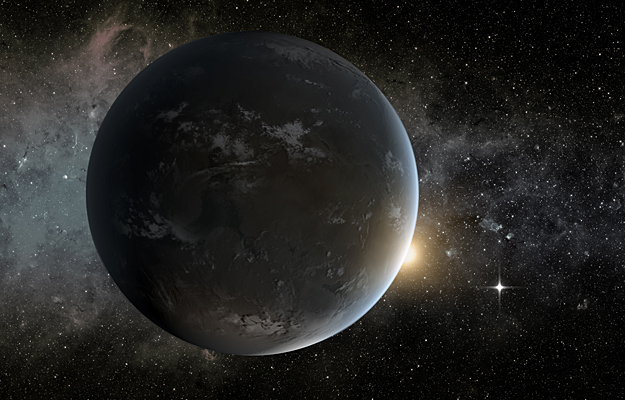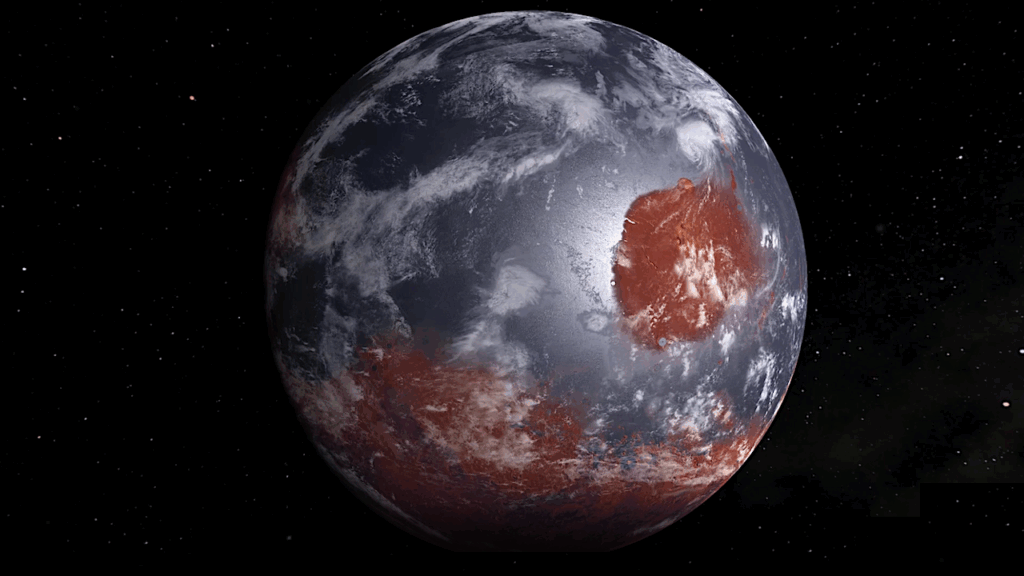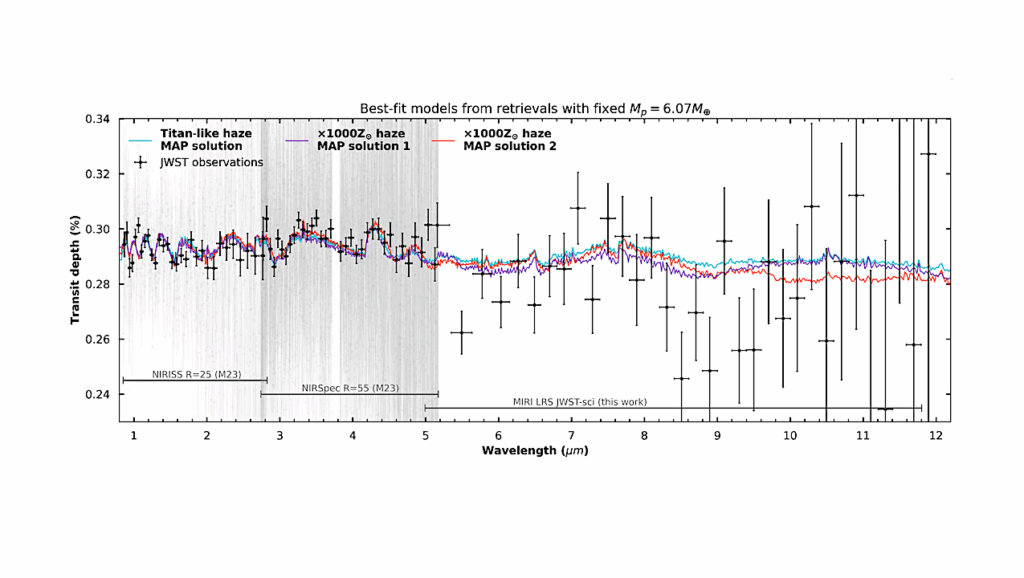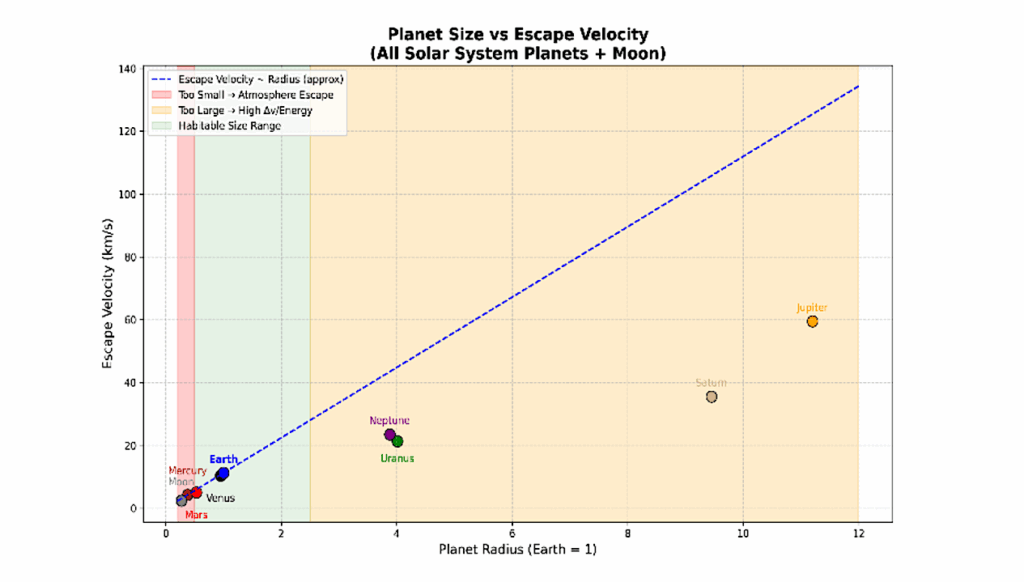Galactic Effects on Habitability

The galactic environment has been suspected to influence planetary habitability in many ways. Very metal-poor regions of the Galaxy, or those largely devoid of atoms more massive than H and He, are thought to be unable to form habitable planets.
Moreover, if such planets do form, the young system is subjected to close stellar passages while it resides in its stellar birth cluster. Various potential hazards remain after clusters disperse. For instance, central galactic regions may present risks to habitability via nearby supernovae, gamma ray bursts (GRBs), and frequent comet showers. In addition, planets residing within very wide binary star systems are affected by the Galaxy, as local gravitational perturbations from the Galaxy can increase the binary’s eccentricity until it destabilizes the planets it hosts.
Here we review the most recent work on the main galactic influences over planetary habitability. Although there must be some metallicity limit below which rocky planets cannot form, recent exoplanet surveys show that they form around stars with a very large range of metallicities. Once formed, the probability of star clusters destabilizing planetary systems only becomes high for rare, extremely long-lived clusters.
Regarding threats to habitability from supernovae, GRBs, and comet showers, many recent studies suggest that their hazards are more limited than originally thought. Finally, denser regions of the Galaxy enhance the threat that very wide binary companions pose to planetary habitability, but the probability that a very wide binary star disrupts habitability will always be substantially below 100% for any environment. While some Milky Way regions must be more hospitable to habitable planets than others, it is difficult to state that habitable planets are confined to any well-defined region of the Galaxy or that any other particular region of the Galaxy is uninhabitable.
Nathan A. Kaib
(Submitted on 4 Jan 2018)
Comments: Invited review chapter, accepted for publication in the “Handbook of Exoplanets”; 19 pages; 2 figures
Subjects: Earth and Planetary Astrophysics (astro-ph.EP); Astrophysics of Galaxies (astro-ph.GA); Solar and Stellar Astrophysics (astro-ph.SR)
Cite as: arXiv:1801.01474 [astro-ph.EP] (or arXiv:1801.01474v1 [astro-ph.EP] for this version)
Submission history
From: Nathan Kaib
[v1] Thu, 4 Jan 2018 18:06:01 GMT (157kb,D)
https://arxiv.org/abs/1801.01474
Astrobiology








